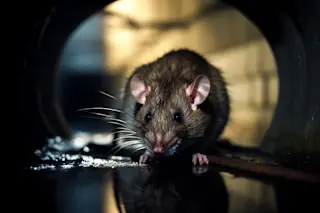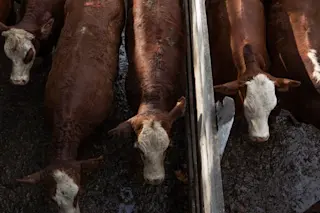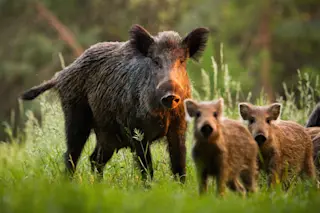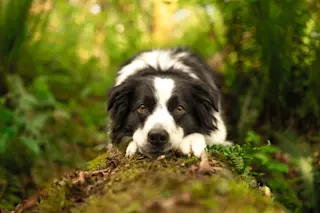If climate change continues on its current track, one out of every six species on Earth could be at risk of extinction. That’s the conclusion of a new meta-analysis of 131 published studies, looking at everything from Costa Rica’s insects to Arctic foxes to California oak trees. The study is one of the most comprehensive surveys of how biodiversity will fare in a warmer climate. It found that the rate of biodiversity loss doesn't rise linearly but actually accelerates with each degree of warming – highlighting the need for an urgent change of course.
The basic premise behind these studies is that climate change reduces the geographic range in which a species can live, and that loss of living space can drive a species to extinction. “Species were predicted to become extinct if their range fell below a minimum threshold,” explained author Mark Urban in the paper published in Science. ...













